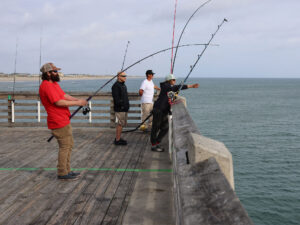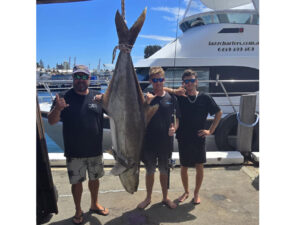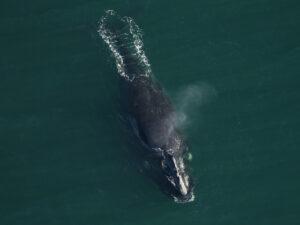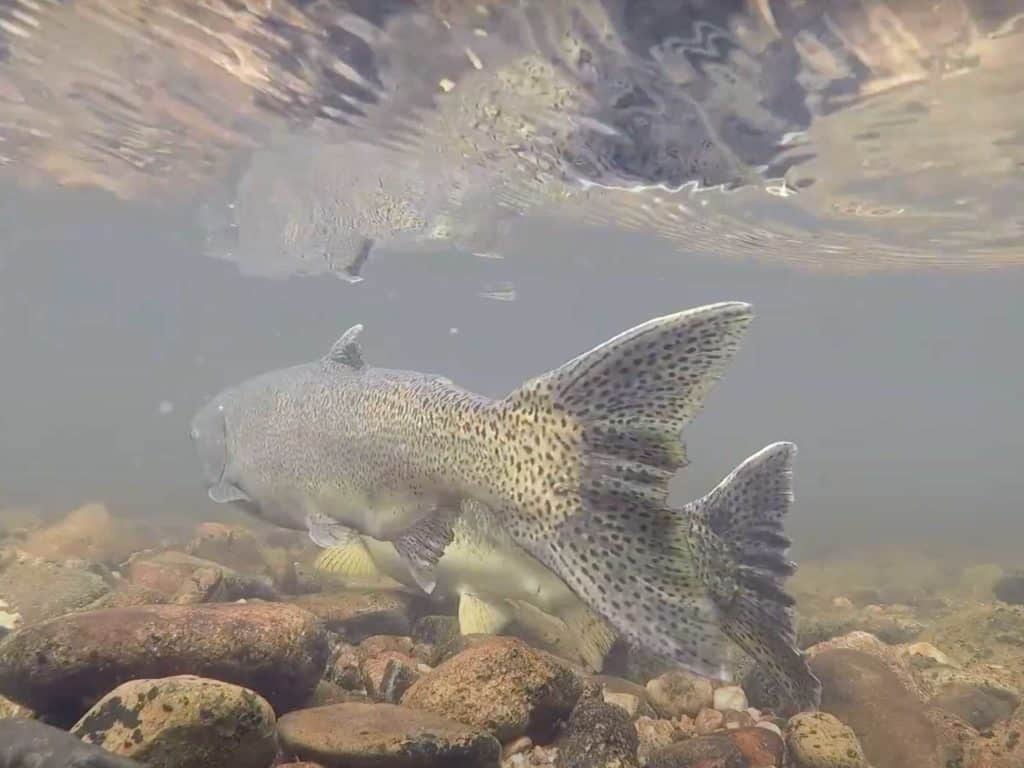
A recent video of spawning Chinook salmon on Idaho’s Lemhi River is captivating to watch and encouraging to all anglers who relish improving breeding conditions and sites for the famed anadromous fish of the Pacific Northwest.
“This year represented a spawning season that gave fisheries staff in the Salmon Region excitement for the future of Chinook salmon in Idaho,” said Megan Heller, Regional Fisheries Biologist for Idaho Fish and Game (IFG). “During our Lemhi River redd counts this year, nearly every turn and bend on the river exposed an abundance of spawning fish.”
The Lemhi River is 60 miles long, located near Salmon, Idaho. It’s a tributary of the Salmon River, which flows to the Snake River, then the Columbia River, then into the Pacific Ocean. It was discovered in 1805 when Lewis and Clark crossed the Continental Divide at Lemhi Pass, 10 miles east of the Lemhi River.
A fascinating video of a half-dozen spawning Chinook in the Lemhi has been posted on an IFG video on YouTube.
“The number of redds (spawning salmon gravel sites) in the Lemhi River were over double that of the five-year average and nearly double the 10-year average,” says Heller. “Additionally, many other populations in the Salmon region experienced marked increases in the number of redds observed over the past 10 years.“
While the increase in active spawning sites in the river are encouraging, Heller adds that they still are markedly lower than the historic numbers of spawning fish the Lemhi has had in the past.
Following spawning and fry development, salmon smolts must run back out the Lemhi, Salmon and Columbia rivers to live to maturity in the ocean before migrating back to the Lemhi to complete their spawning cycle.
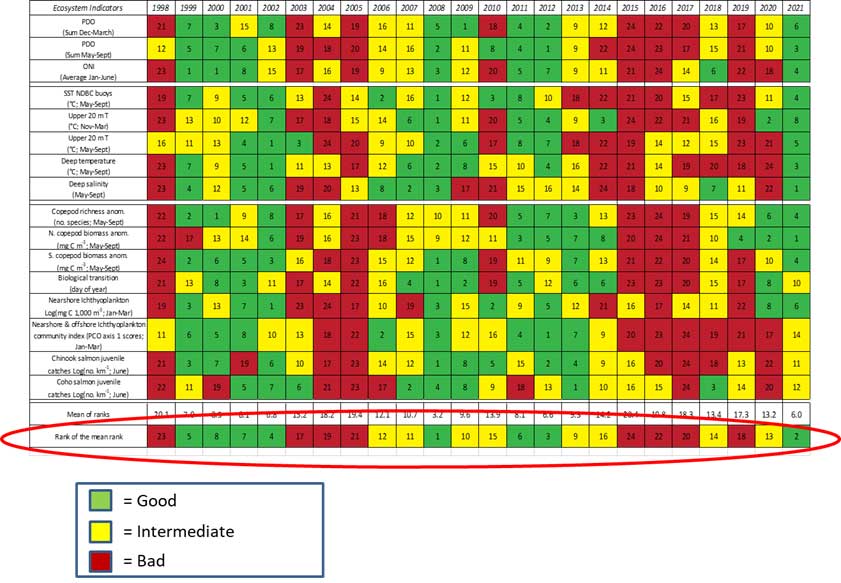
“There are a variety of factors that influence Chinook salmon survival on their outmigration to the ocean, during their time growing in the ocean, and the subsequent return to their spawning grounds,” states Heller. “A critical factor for Chinook smolt survival is the condition of the Pacific Ocean during the year that they enter it. Ocean conditions include a variety of things like water quality, salinity and temperature, food quality, and food quantity.“
Read Next: How Drones Will Help Salmon Fisheries Survive
According to Heller, most Chinook smolts that entered the ocean in 2021 will be returning as adults in 2023. These fish entered the Pacific Ocean into the second-best ocean conditions observed by biologists in almost 25 years.
“It’s encouraging that ocean conditions and a high adult return in 2022 might indicate an upward trend for future returns of Chinook salmon,” said Heller.

